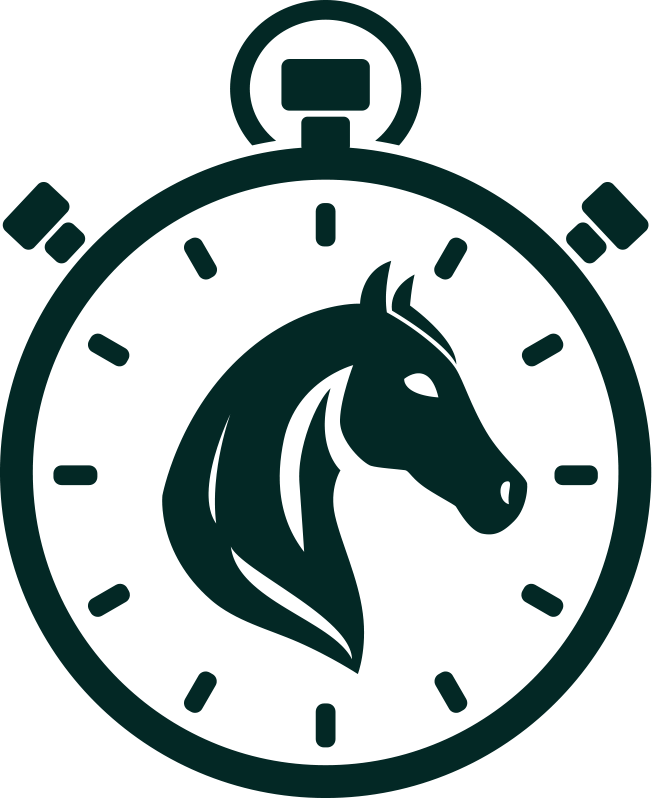Title: "NSW Farmers Face Tough Conditions Amid Natural Disasters and Rising Costs"
The biannual NSW Farmers Business Sentiment Survey revealed 56 per cent of farmers are experiencing deteriorating business conditions in 2025 thanks to natural disasters, input costs, and global trade headwinds.
Insurance was another major concern for farmers, with the number of respondents concerned about accessing insurance jumping by 10 per cent in the last year alone.
“What we’re seeing is the impact of drought on one hand, and floods and severe weather on the other — with both extremes driving those really tough business conditions for farmers in many parts of the state,” NSW Farmers principal economist Samuel Miller said.
As communities grappled with the compound effects of multiple disasters, Mr. Miller said meaningful support for farmers dealing with flood and drought was essential.
Backing Women at AWiA
The agricultural industry is facing some of its toughest seasons yet, from devastating floods and prolonged drought to rising financial and emotional pressures. That’s why Australian Women in Agriculture is calling on individuals, businesses, and community groups to sponsor a place at the 2026 AWiA National Conference in Adelaide, South Australia.
By donating a ticket, you’re giving a woman in agriculture, who otherwise couldn’t attend, the opportunity to connect, learn, and be empowered among peers who understand her journey.
You can donate a ticket online at awia.org.au/conference or if you’d like to donate more than one ticket, email [email protected].
Concerns About Wage Increase
The NFF has acknowledged the Fair Work Commission’s decision to increase the National Minimum Wage and modern award rates by 3.5 per cent.
“Australian farmers continue to face rising input costs, acute workforce shortages, and significant exposure to global market volatility,” NFF chief executive Troy Williams said.
“As price takers, farm businesses have limited capacity to absorb higher labour costs without a corresponding uplift in productivity. Without this link, wage growth risks undermining the viability of many small and family-run farm operations.”
NFF believes the Fair Work Commission must continue to ensure that wage decisions reflect productivity trends and regional conditions to protect rural employment and business sustainability.
Young Farmers Scholarship
Agriculture Minister Ros Spence announced the opening of the 2025 Upskill and Invest Young Farmers Scholarship Program. The program offers scholarships of up to $10,000 for farmers aged 18 to 40, including up to $5,000 for training or study, and another $5,000 to apply those skills on-farm through practical investments.
Applications are now open to young farmers who have been working in a farm business for at least three days a week for the past three months, with a minimum of two years’ total on-farm experience. Applications close at 5pm on Wednesday, July 23.
To apply, visit: vic.gov.au/youngfarmers.
Horse Breeding Worth $1.68b
The Australian thoroughbred breeding industry, the second largest in the world, delivered a solid economic performance in 2022-23, contributing $1.68 billion to the national economy.
The report provides the most comprehensive and up-to-date snapshot of the industry’s impact — equipping breeders and state-based associations with critical data to support long-term planning, funding applications, and policy engagement.
“These results confirm what many of us in the industry already know — thoroughbred breeding is not just thriving, it’s a major economic engine for regional Australia,” Thoroughbred Breeding Australia president Basil Nolan said.
“This research gives us the facts we need to advocate confidently — for funding, infrastructure, and recognition of the vital role breeding plays in Australia’s racing ecosystem and rural prosperity.”
New Website Helps Farmers
A Charles Sturt University-led project strengthens Australian farmers’ cybersecurity management with free web-based resources for Australian producers and producer groups.
The Farmers’ Guide to Cybersecurity consists of evidence-based resource materials developed by a research project team from four Australian universities. The guide’s new website helps farmers understand what they need to know about cybersecurity and what to do to protect their farming businesses.
What’s available online at tinyurl.com/9ua33p4e includes:
- An interactive ‘jump-in jump-out’, study-at-your-own-pace practical training module about cybersecurity.
- Downloadable infographics/facts sheets.
- Video content to raise awareness of the need to address cybersecurity, which can be shared or put on your website.
- Links to other useful cybersecurity resources.







